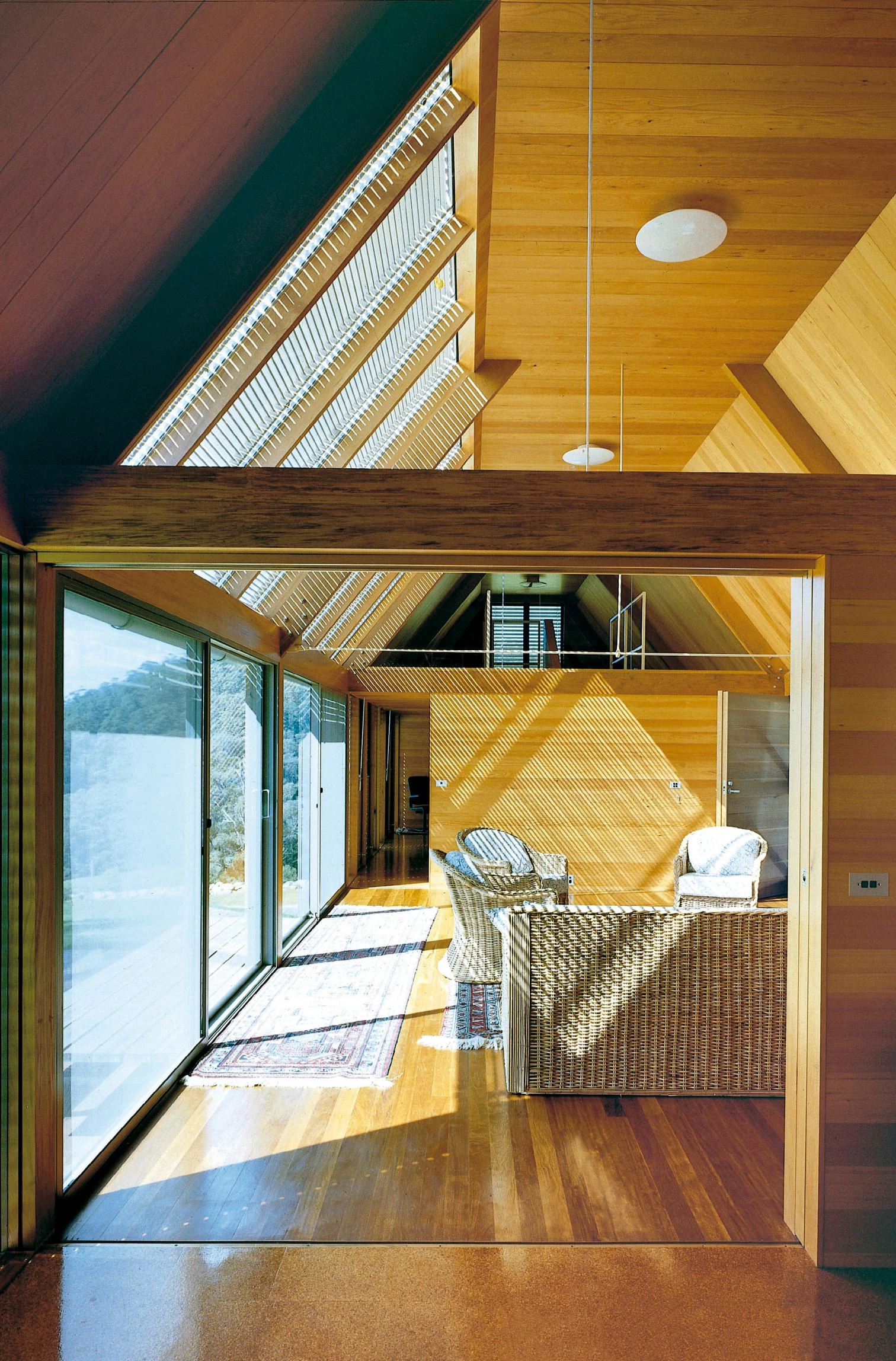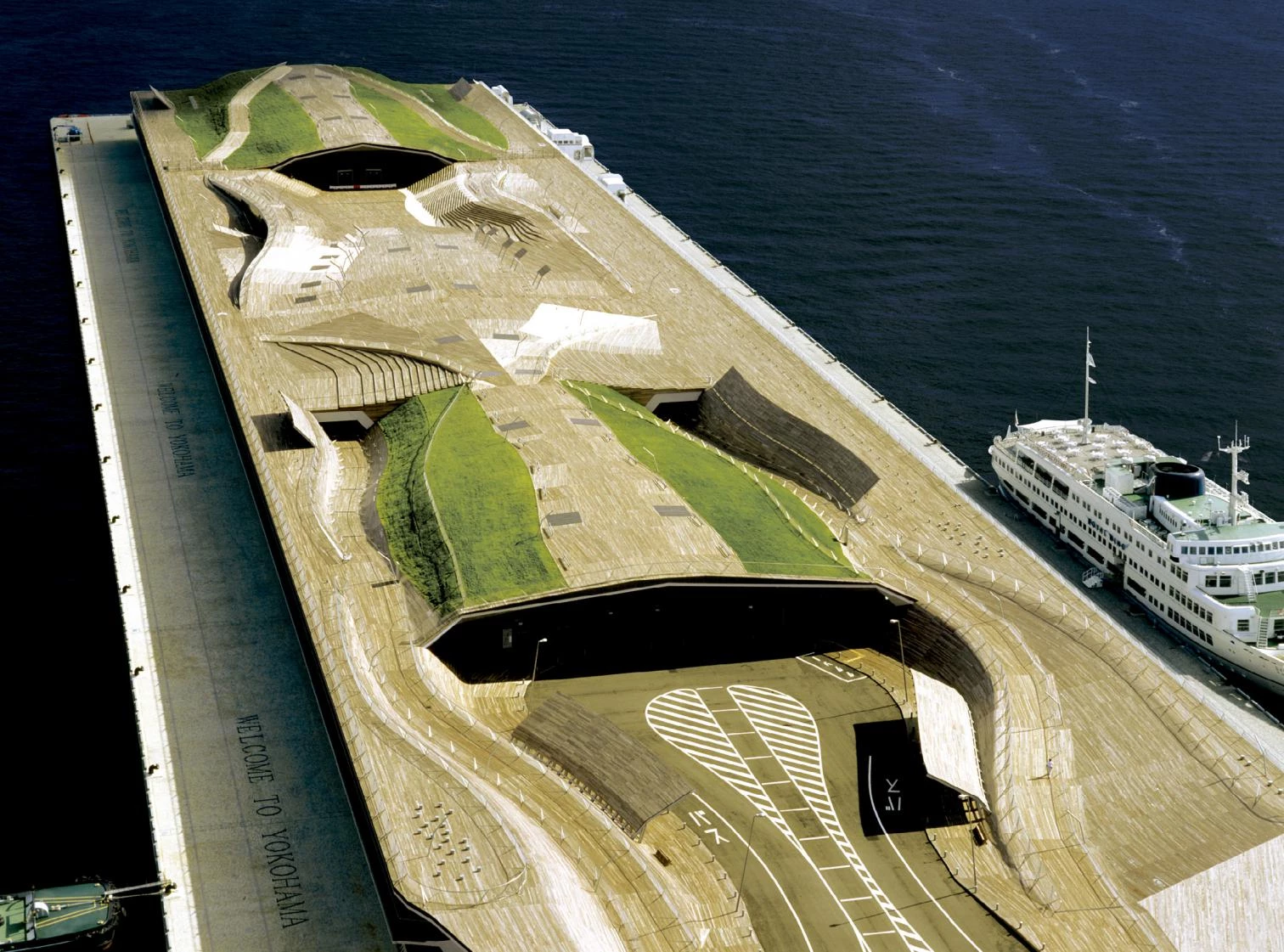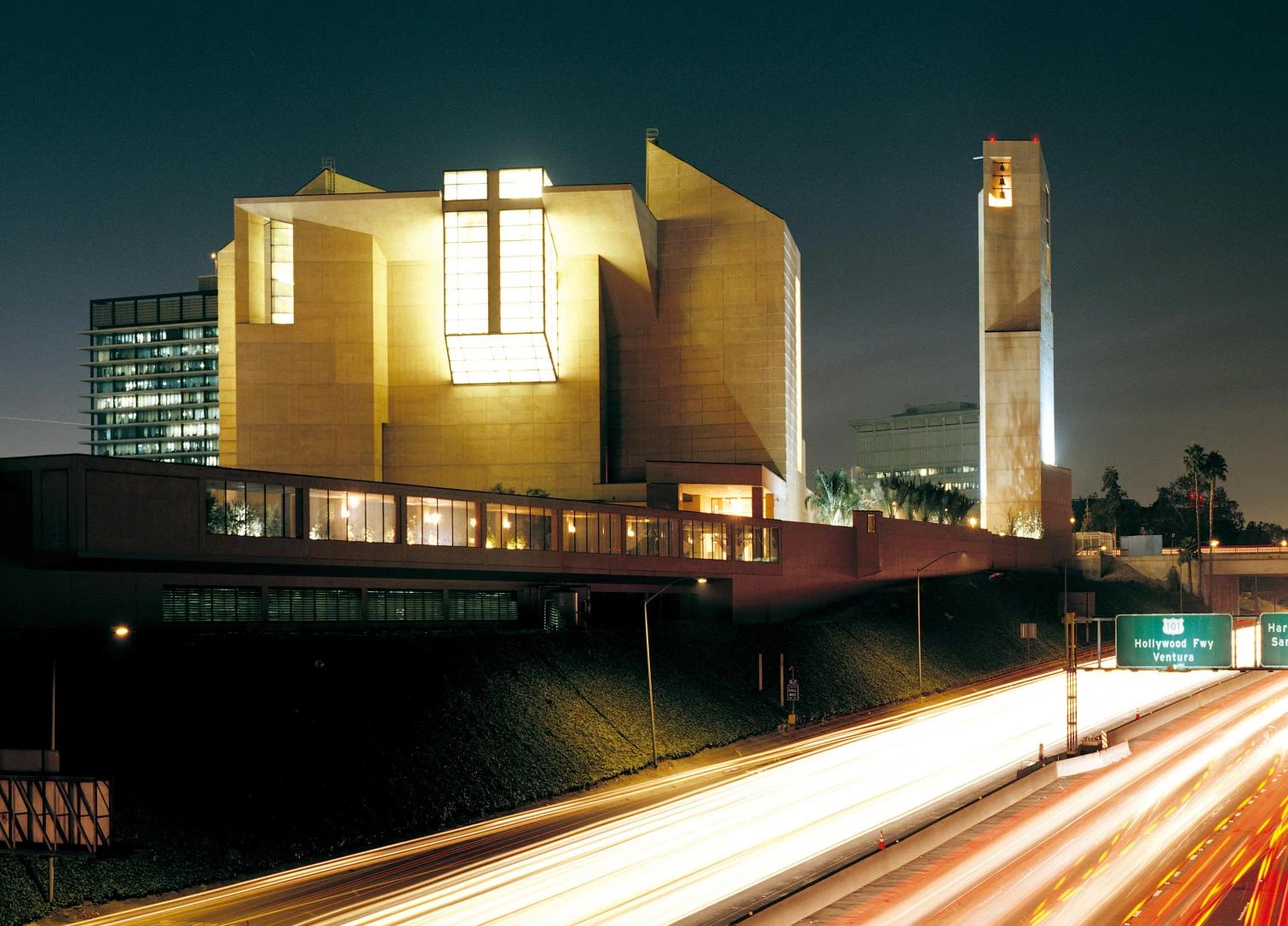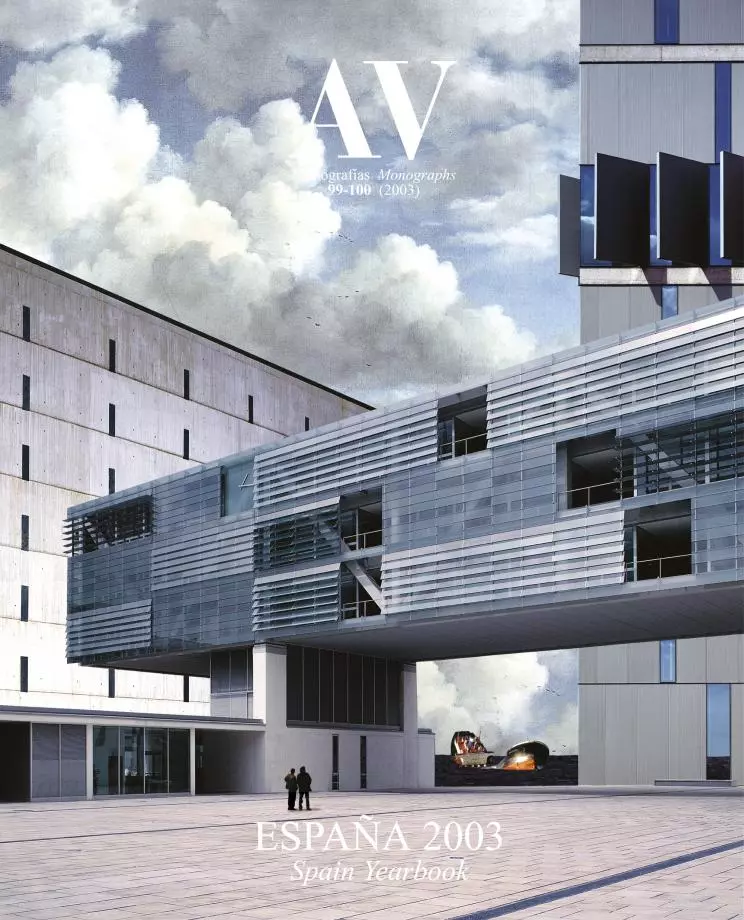The Black Planet
The year, polluted by the geopolitics of terror and petrol, begins in Ground Zero and ends in a Europe that hesitates between ecology and spectacle.

The blue planet is black. Though astronauts describe our world as a misty blue sphere, the delicate crust of technical civilization feeds on the black sap of fossil hydrocarbons, and its deposits and flows are what determine political structures, uses of the territory and ways of life. Power and war, like cities and houses, are built upon the supply of petroleum, and commerce, religion, and terror swim in this dark oil, after the puncturing of the bubble created by the mirage of a virtual economy and culture that were thought to depend solely on intangible information webs.
Saudi Arabia’s persistent financing of Islamic fundamentalism, the future pipelines of Afghanistan, or the current oil reserves of Iraq bind fuel to friction; but the price of the barrel also regulates migratory movements and the circulation of merchandise, car-based suburbanization and mass tourism, climatic changes and environmental decay. From New York’s Ground Zero to Galicia’s black tide, the world’s catastrophes connect through an underworld sea of oil.
Initiated in the Manhattan that cauterizes its wounds in amnesic luxury, the year made gestures of correction with a tribute to an independent and ecological Australian, asserted the continuity of spectacle with a warped landscape at the service of mediatic sport, and tested an improbable synthesis of tradition and modernity with a cathedral on the edge of a Californian freeway.

Winter Trademarks
The New York that recovers from September 11 began winter with renewed energy: the clearing of the rubble and the projects for Ground Zero, which after the rejection of the initial real estate proposals would lead to a competition among six large international teams; the inauguration of three important cultural venues, the Neue Galerie of turn-of-the-century Viennese art, the American Folk Art Museum, and the Austrian Cultural Forum, the latter two in new buildings designed by cult architects, Tod Williams & Billie Tsien and Raimund Abraham; and the opening of the Prada store in Soho, where the Dutch architect Rem Koolhaas mixes commerce and culture the way he combined culture and commerce in his two venues for the Guggenheim Museum and the Hermitage within a Las Vegas casino, establishing the bases of a multinational style characterized by submission to the global empire of brands and fashion.
Undecided between the meek acceptance of the world as it is and the reformist élan of its recent tradition, architecture pays tribute to its modern heroes with variable emphasis. Singularly cluttered in the first five months of the year were the centenaries of the Russian Ivan Leonidov, the Dane Arne Jacobsen, the Brazilian Lucio Costa, the Mexican Luis Barragán and the Hungarian Marcel Breuer. But no event was as profusely celebrated as the sesquicentennial of the Catalan Antoni Gaudí, an eccentric genius who graces the altars of both the church and history, and who was honored by Barcelona with 14 simultaneous exhibitions.
New York started winter leaving behind disaster with the glamour of Prada and Koolhaas (below on the left, his Soho store); and in spring Murcutt, on the antipodes of the star system, was awarded the Pritzker Prize below on the right, Fredericks house).


A Quiet Spring
If Madrid’s contemporary art fair ARCO was dedicated to Australia, the April awarding of the Pritzker Prize to that continent’s Glenn Murcutt marked a change of course in the placid sailing of a self-withdrawn discipline, for here is an architect whose fidelity to modernity, environmental sensibility, and stubborn autonomy contrast with the mediatic, superstar glamour of the unofficial Nobel’s most recent winners.
In May, amongst Michelangelo’s muscular architectural orders in Rome’s Campidoglio, the Australian received the recognition of his colleagues as an ambassador or a herald of this quiet spring that is slowly developing on the fertile edges of fame.

In spite of the numerous European events, Japan was the center of attention during the summer, being host to a World Cup that carried to completion the Yokohama sea terminal by the Spaniard Zaera.
But the season also witnessed presidential elections in France, a country that marks Europe’s cultural agenda. After the fleeting shock of seeing the second round include a Le Pen enlarged by migratory tensions, the final result confirmed business as usual in a prosperous and skeptical continent that balances its hedonist ennui with a naïf indulgence in mediatic architecture, whose most significant representative, the French Jean Nouvel (winner the previous year of the Praemium Imperiale and the RIBA Gold Medal, two top distinctions that this time went to Norman Foster and Archigram), presented in Madrid’s Reina Sofía Museum an exhibition so clamorously popular as to make one question the astringent tendency that the American prize detects or advocates.
Shaken Summer
Summer concentrated an exceptional array of gatherings in Europe, from Expo 2002’s lake pavilions in Switzerland to the Congress of the International Union of Architects in Berlin (which elected the Brazilian Jaime Lerner, former ‘green’ mayor of Curitiba, as new president), and from a conventional and informative Biennale of Architecture in Venice to an experimental and disconcerted Documenta in Kassel, whose desire to give a political and Third World dimension to its five-yearly reading of the state of art proved to be as sad a fiasco as the empty summit of Johannesburg, which ten years after Rio reaffirmed our utter powerlessness before the growing environmental and sanitary degradation of a planet caught in the grips of military, economic, and epidemiological dramas.
The cathedral of Moneo in Los Angeles (below) was an autumn relief for a Catholic church shattered by the scandals; but the season was stained black by the oil spills of the Prestige (above) on Galicia’s coast.
Global awareness of the ailments of the earth did not however prevent the world from holding its most unanimous sport event, a football championship for which Japan and Corea built seventeen new stadiums. This besides a sea terminal in Yokohama, the city that would host the final match won by Brazil and witness the Real Madrid club reap a third cup in the year of its centenary. Conceived as a warped landscape, this shaken origami work attests at once to the daring talent of its author, the young London-based Spaniard Alejandro Zaera, and to the ecumenical popularity of fluid forms that from their Dutch origins have come to tinge even the cautious pragmatism of British high-tech firms.

Autumn in the Cathedral
Inaugurated in September amid the clamor of a sordid crisis in the Catholic Church of the United States, the cathedral of Our Lady of The Angels is a grave and luminous work of Rafael Moneo that, monumental and fractured along a Los Angeles freeway, explores a careful compromise between the docile subjection to the city produced by the automobile and the nostalgic rejection of contemporary urbanity. At once European and American, its fragmented forms close to the Pacific ocean express the difficulties of reconciling the increasingly distant spiritual and symbolic demands of two continents in between which the Atlantic seems to have grown wider.
The German general elections held that same month served also to illustrate both the puzzlement of Europe’s political core and the growing divergence between that nucleus and the United States, as a consequence of the military, economic and cultural priorities of a superpower-turned-empire determined to unilaterally pursue its energy and security interests: precisely the two factors that most condition the future shape of architecture and the city. Until that future comes, we inhabitants of peripheral regions can indulge in our still opulent leisure with crops of signature buildings inserted in the thematic urbanism of the moment, whether the Barcelona 2004 of the Forum of Cultures or the Madrid 2012 of the Olympic candidacy. But the ultimate color of the planet is sure to be settled in other fora and other games.





